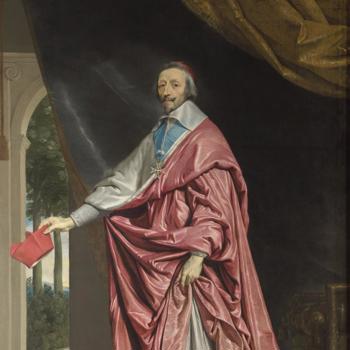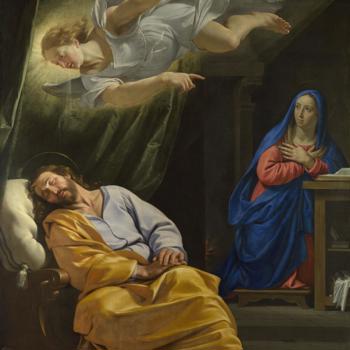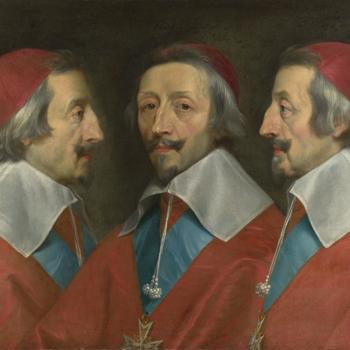Champaigne was the leading French portrait painter of the reign of Louis XIII. He was employed by the king and by Cardinal Richelieu, for whom he executed the series of portraits for which he is chiefly remembered. Champaigne was also a prolific painter of altarpieces and religious paintings, such as 'The Dream of Saint Joseph'.
Champaigne came from Flanders, and was born and trained in Brussels. He came to Paris in 1621 and began his career working on the decoration of the Luxembourg Palace for the queen mother, Marie de Médicis. His style reflects his Flemish origins and the robust realism of Rubens. His handling of drapery recalls that of ancient Roman statues.
In 1648 Champaigne became a founder member of the French Academy, but under the influence of Jansenism, he withdrew increasingly from the court, and concentrated on portraits of leading Jansenists. The style of these, and of his devotional works of the time, mirrors the austere religious doctrine of that movement.
Philippe de Champaigne
1602 - 1674



